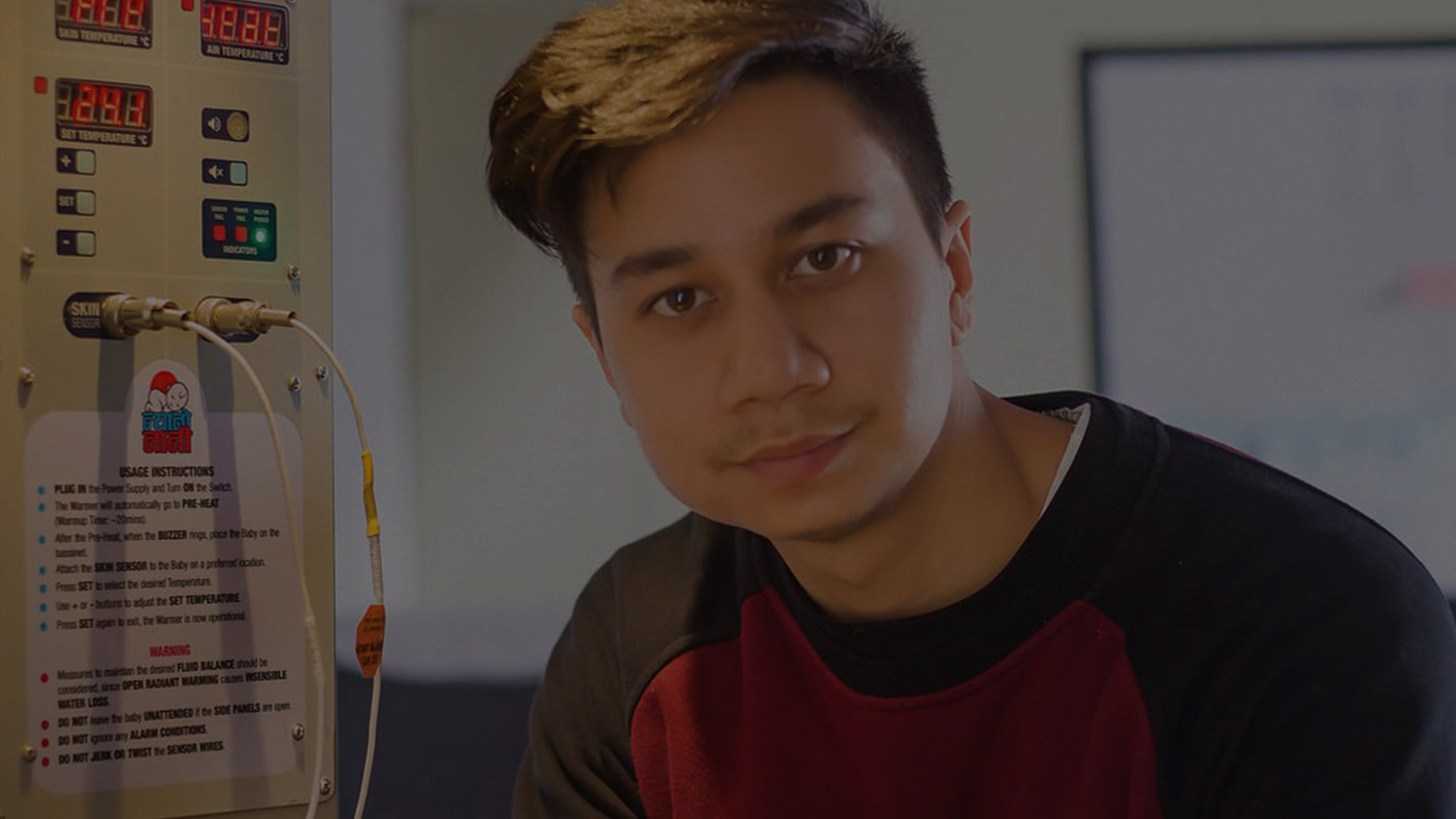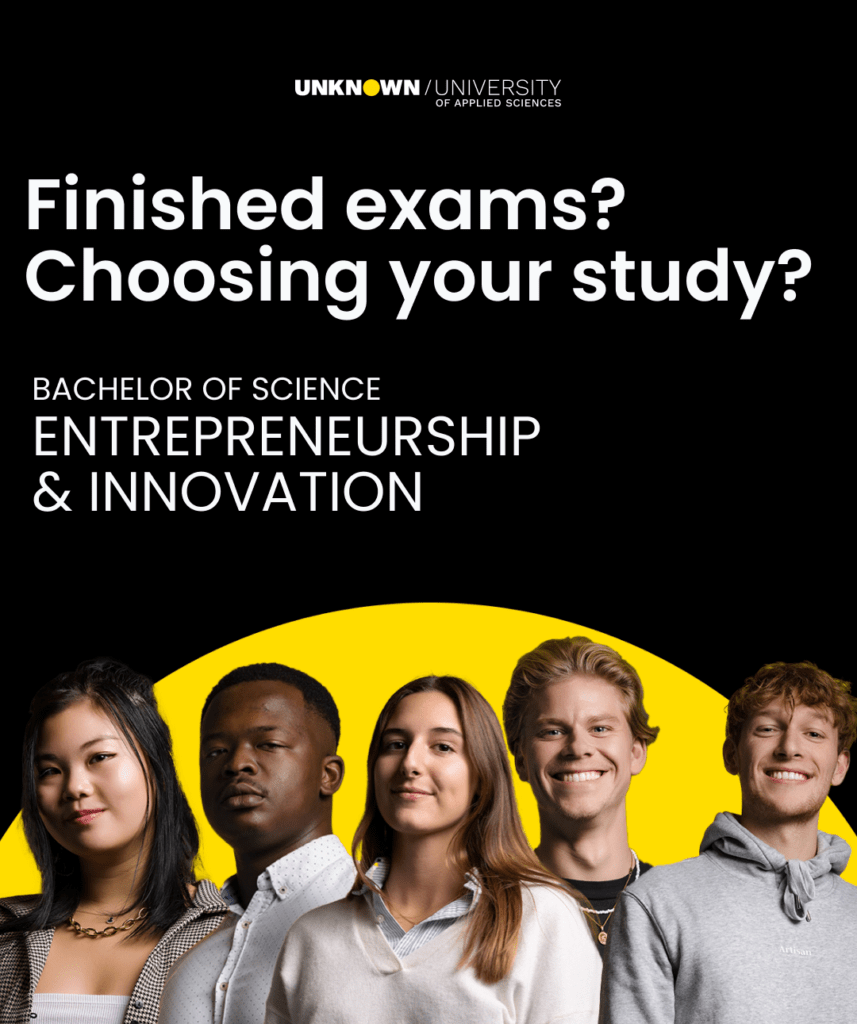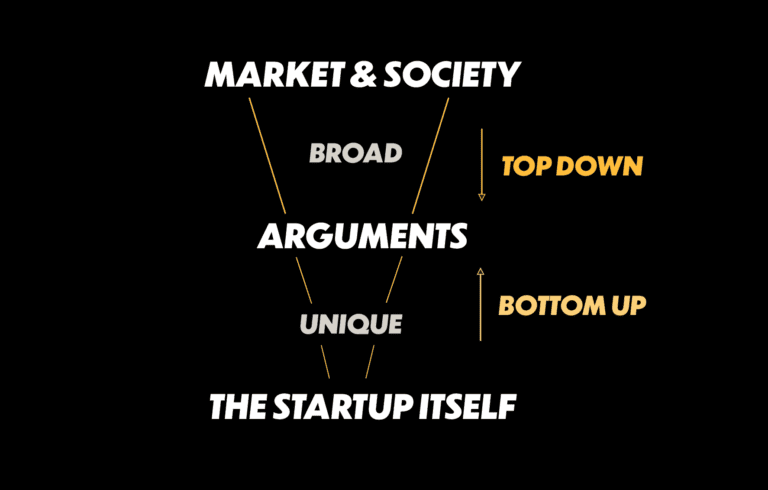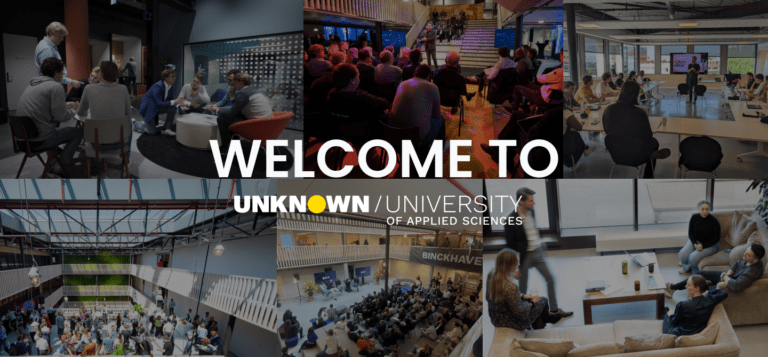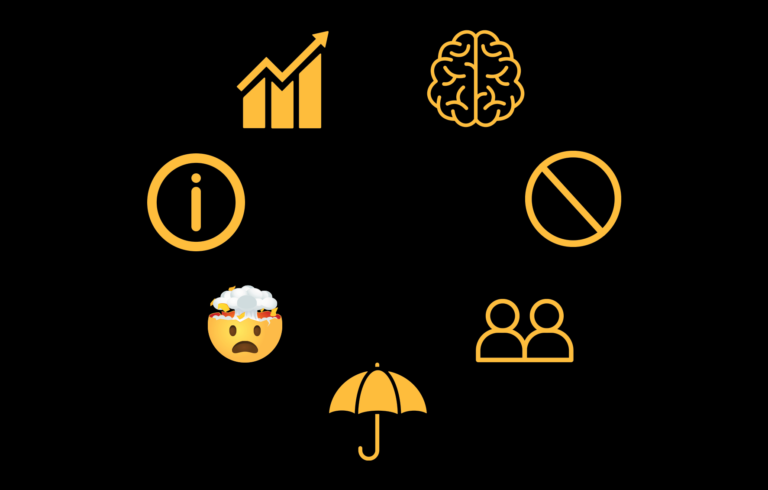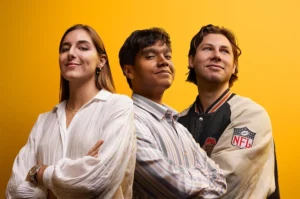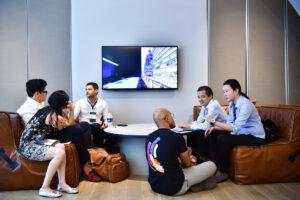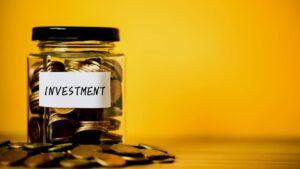Mahip KC is working to bring his life-saving, infant-warming device to his community on a greater scale. Each day countless babies fall victim to the lack of accessible medical devices, and with Nyano Nani, Mahip is hoping to counteract this by providing the equipment in an affordable and reliable manner. With a 20K euro investment, recently followed by an 80K euro grant, Mahip is hoping to increase production capabilities so that these devices may allow newborns to see another day. Continue reading below to see how the product was concieved and how it will continue to serve the most vulnerable of communities.
Can you tell us about your product? And what you guys are working on now?
Our product is a low-cost, infant baby warmer. What happens in developing countries like Nepal is access to biomedical devices is pretty low. Due to the resources of the medical institutions and where they are situated, newborn babies oftentimes don’t get the immediate care they require, as the devices they need aren’t available. One of those main devices provides external warmth to the baby. Imagine a baby being born, even in the place where I live right now, it’s 16 degrees. That’s a lot cooler than the temperature inside the womb. Unless you provide external heat, the baby could fall ill and eventually die. What our product does is provide a low-cost alternative to biomedical devices, ones that are imported from abroad. It provides warmth, it’s affordable, and we have also engineered the major pain points. In Nepal, the roadways are not very developed, so the entire device can be disassembled and reassembled in a matter of minutes. You can install it anywhere, it just needs a small place to stand. That’s one of the major advantages that we provide. Also, since we make everything in Nepal, it’s cheap while being functional and we can provide a very good after-sales service.
What encouraged you to start this project? Did you have firsthand experiences, or did you see an issue in the community that you want to address?
It was sort of a coincidence. When one of our co-founders was traveling to a remote part of Nepal, he saw a small baby being warmed by old filament bulbs, the older ones which we used to have a couple of years back. They aren’t very efficient, but they give you warmth instead of light. He thought, ‘maybe we could do better.’ We were engineers, we could at least build something. And we knew that there were devices, but they just weren’t accessible. So we tried to find what the root causes were, and we identified those causes and tried to engineer them in a way that we could solve them. That was how we got started. And I think it was back in 2019.
Can you tell us the 20k investment you just earned?
Yeah, so we recently talked to one of the potential investors and we pitched the idea that the funds we needed were to scale this product. We are at the stage where we know that the device is desirable, and it’s effective. It’s been deployed across 23 districts throughout Nepal, and we have been able to treat more than 1000 babies. We also have a competitive business advantage as we are the sole manufacturer in Nepal. That kind of stuck with him. He was willing to come along with us, to get on board, and when we shared with him our long-term and short-term goals he said, ‘Yeah, count me.’ He wasn’t that focused on the returns. It was more important that it was for a good cause. And we needed to be able to make some money to at least sustain an entity. Now we’re working with different investors so we can raise more money.
How are you going to use that money to scale?
I think that this is the first piece of the pie. We are looking for four or five more investors, similar, like-minded investors, who would like to take on this challenge with us. It would be better if we had a little bit more money. Our goal is to optimize the way we are producing the device so that we can scale in numbers. We are currently limited by the production capacity. We would like to like scale, build more of these devices, save more lives, and hopefully make a couple of bucks.
So how did you get into participating in some of the modules here at Unknown University of Applied Sciences for Entrepreneurship?
We first collaborated with the Diyalo Foundation during the COVID pandemic time, and we got the opportunity to work with Stanford University and TU Delft. At that time, we focused on trying to build COVID response innovation, such as a low-cost mechanical ventilator that would save lives, and ultraviolet disinfection bins. There were a lot of projects going on, which were brought in by the Diyalo Foundation. And I think our first proper collaboration was for the medical drone project, where Diyalo helped us connect with some experts because we were having a tough time figuring out the technicalities of the drone. The process was so complex and what we were trying to do was a bit ambitious, as we were trying to deliver medicine through drones. That was one of the difficult parts. And that’s where Diyalo came to the rescue, as they have been connecting us with technical expertise. Recently, I connected with Jord, co-founder of Diyalo, for another project: our baby-warming device. He liked the idea, and I had some specific types of queries. We had already built the device and it was already being accepted by the end users, but we needed to make a business out of it. But we didn’t know how because all of us were engineers. And that was how we just started. He told me that the courses at Unknown University of Applied Sciences were a practical way of learning skills, so I enrolled.
Have you seen any benefits of following some of the modules?
Yeah, the first course I took was alternative finance. There was a requirement where I had to make cash flow statements, business models, and revenue streams, and the end-course assignment was focused on those. Because of that course, I now have an investment memorandum that I send out to potential investors. They can have a two-pager, and they have a thorough document with cash flow statements, profit, and loss. They can get an overview of what the business cycle looks like for our product. So that’s been very helpful.
How do you foresee the future of your team? Will you build more or just focus on this one product?
This is the first biomedical device that our team built in Nepal. We have the potential to identify the needs, as we did with this product, in healthcare, sanitation, and hygiene. We want to give back to society, to build something our community requires. I think our team sees potential in building several other devices for Nepal, and maybe for other developing countries in the future.

